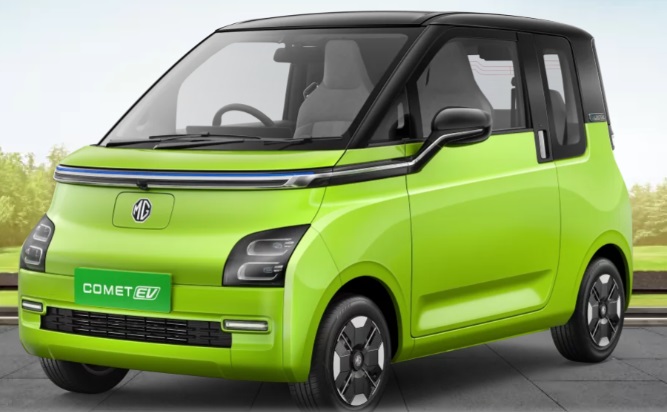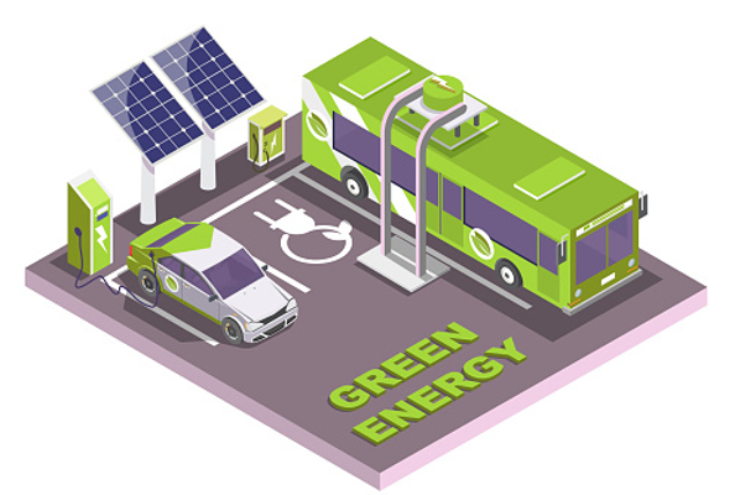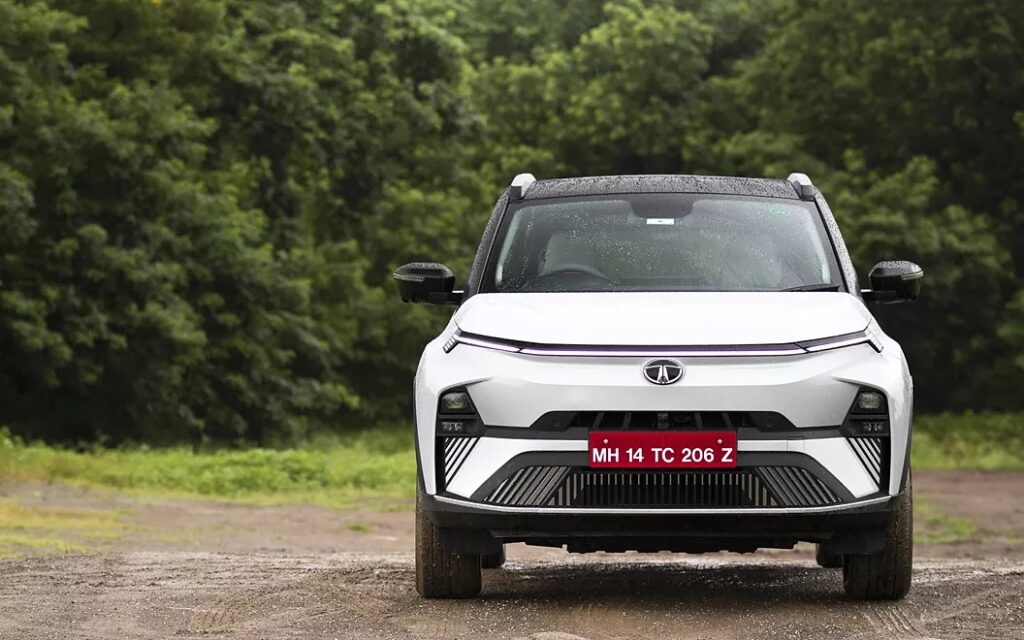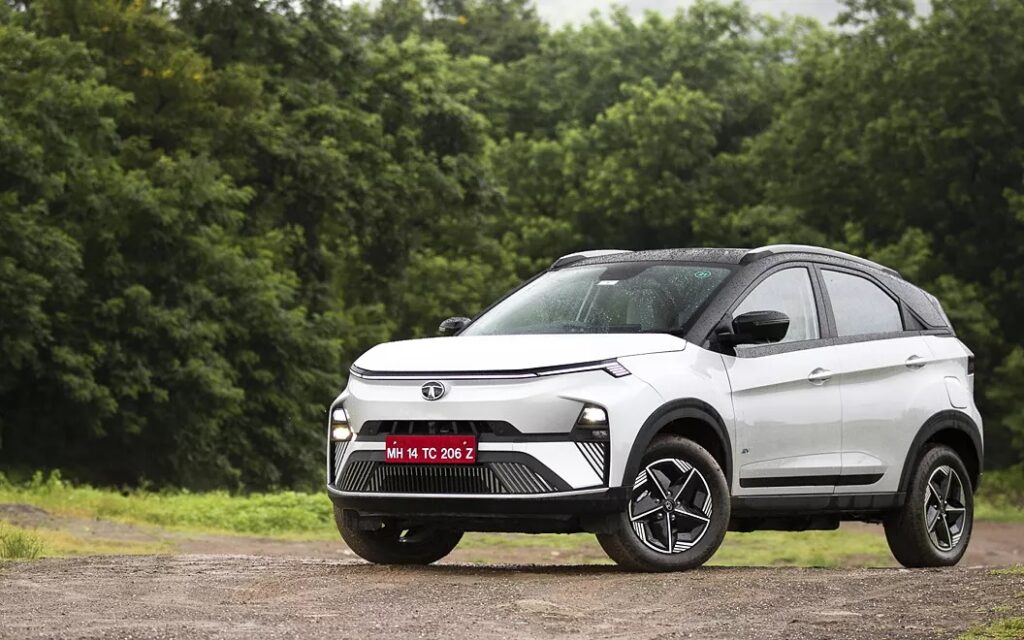An electric vehicle (EV) is a vehicle that uses an electric motor and battery to run, instead of a fuel-powered engine. EVs can be powered by electricity from an external source, or by a self-contained battery.




How they work
1. EVs use an electric motor to power the vehicle.
2. The battery is charged by plugging the vehicle into an electric power source.
3. Regenerative braking can also charge the battery.
Types of electric vehicles
1. Battery electric vehicles (BEVs): Fully electric vehicles with rechargeable batteries and no gasoline engine
2. Hybrid electric vehicles (HEVs): Use both electricity and fuel
3. Plug-in hybrid electric vehicles (PHEVs): Can travel moderate distances on electricity alone
Key components of an electric vehicle
- Battery pack
- Electric motor(s)
- Power electronics
- Charging system
- Thermal management system
- Regenerative braking system
- Electric Vehicle Control Unit (VCU)